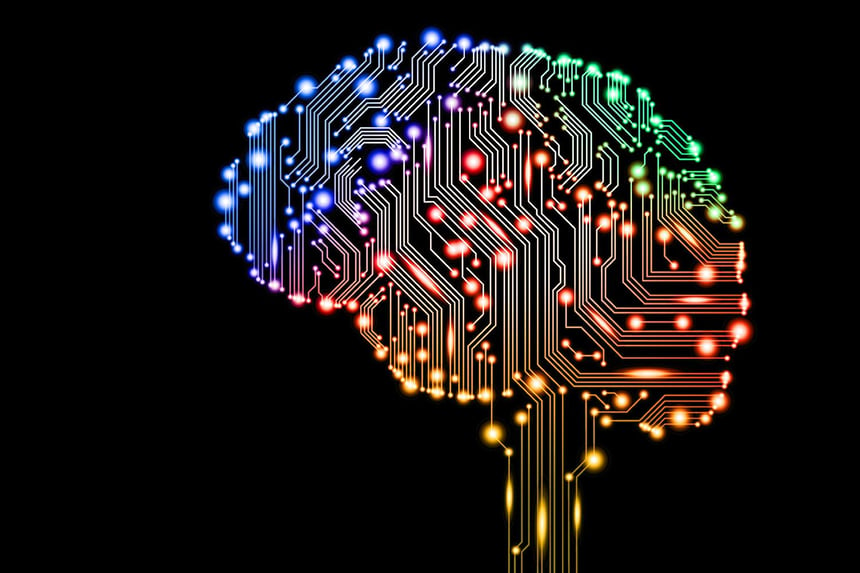 The rapid growth of the Internet of Things (IoT) is having a profound impact on IT strategies. Billions of Internet-connected devices are quietly collecting and transmitting data that can be used to optimize operations, enhance the customer experience and identify new business opportunities. The challenge lies in handling all this data efficiently so that it can be analyzed in real time.
The rapid growth of the Internet of Things (IoT) is having a profound impact on IT strategies. Billions of Internet-connected devices are quietly collecting and transmitting data that can be used to optimize operations, enhance the customer experience and identify new business opportunities. The challenge lies in handling all this data efficiently so that it can be analyzed in real time.
The constant flood of data from IoT devices can choke legacy systems and networks, particularly if the data must be sent to a centralized data center or the cloud for analysis. However, you can minimize these bottlenecks if you recognize that not all IoT data will be useful, and perform some preliminary processing before sending the data along for long-term storage and deeper analysis.
In order to do so, you have to move compute, memory and storage resources to the edge of the network, closer to the IoT device. This model, known as “edge computing,” not only relieves the strain on the network but reduces transport costs and enables data to be converted into actionable insight more quickly. It also helps meet the performance demands of real-time applications by dramatically reducing latency.
In addition, edge computing can help improve cybersecurity. It minimizes the amount of data sent over the network, reducing the risk of compromise. And when data is processed closer to its source, it can be easier to spot suspicious activity and take steps to prevent a security breach.
With edge computing, miniature servers act as gateways, giving IoT devices local computing power so they can operate more autonomously and perform some initial data analytics. Edge data centers are cropping up all over the country to serve as co-location facilities for these distributed computing networks. In some instances, as with autonomous vehicles and industrial applications, the IoT system serves a self-contained edge data center that coordinates the work of multiple CPUs, with or without Internet connectivity.
While some pundits have argued that edge computing will supplant the cloud, most agree that the cloud will continue to play a role in the IoT. Sending IoT data to the cloud is a good approach for applications that aren’t sensitive to latency, or that require the horsepower of big data analytics. In fact, certain types of data must be centralized in order to be meaningful. The key, then, is to incorporate both edge computing and the cloud to meet the requirements of various IoT workloads.
Demand for edge computing technology is growing rapidly. According to a new report from Market Research Future, the edge computing market is expected to experience a compound annual growth rate of 35 percent, reaching $33.75 billion by 2023.
The real value of the IoT lies in the insight to be gained from the data being collected and transmitted by IoT devices. The edge computing model can better support certain IoT use cases by pushing number-crunching out closer to the device, reducing the strain on the network while accelerating data analysis.
Tags:
IT Services
August 14, 2017
Comments